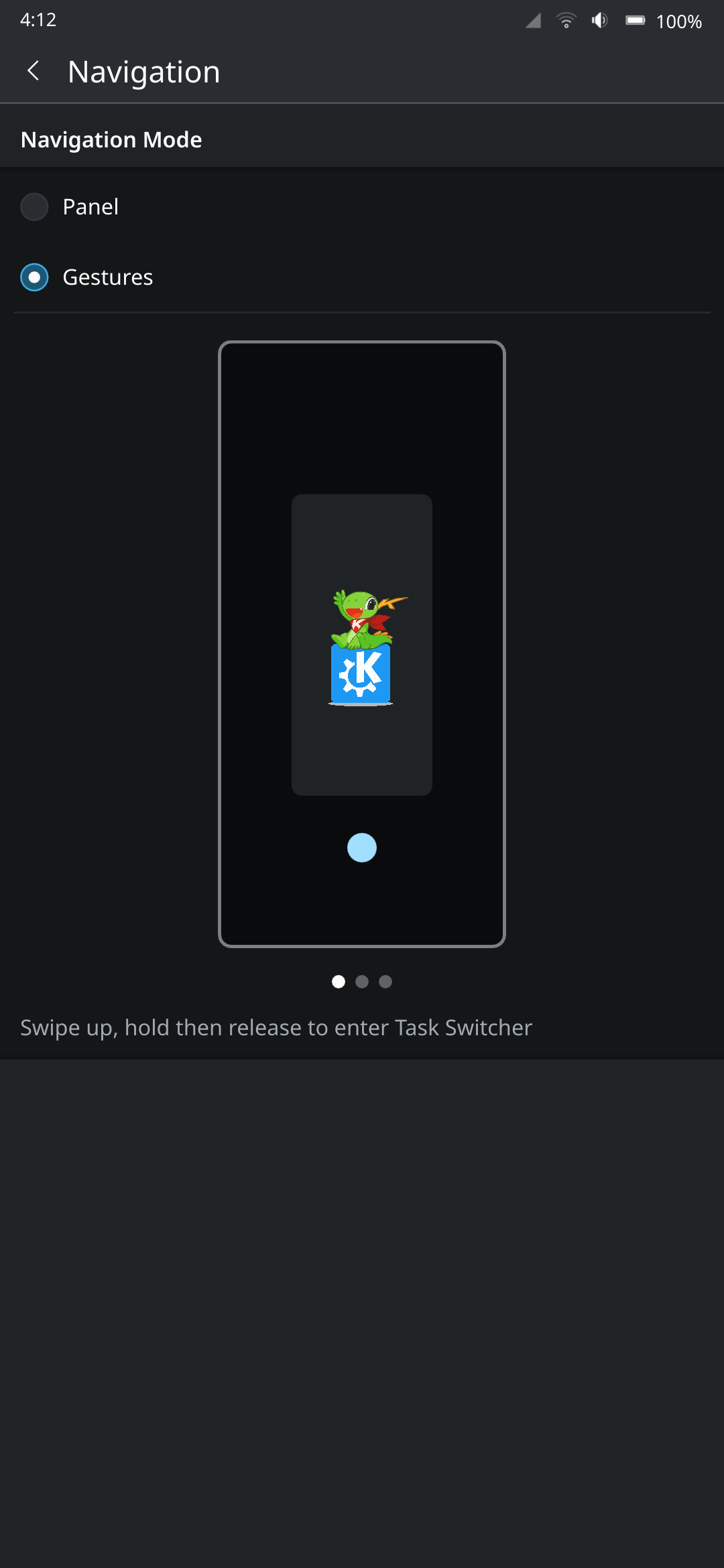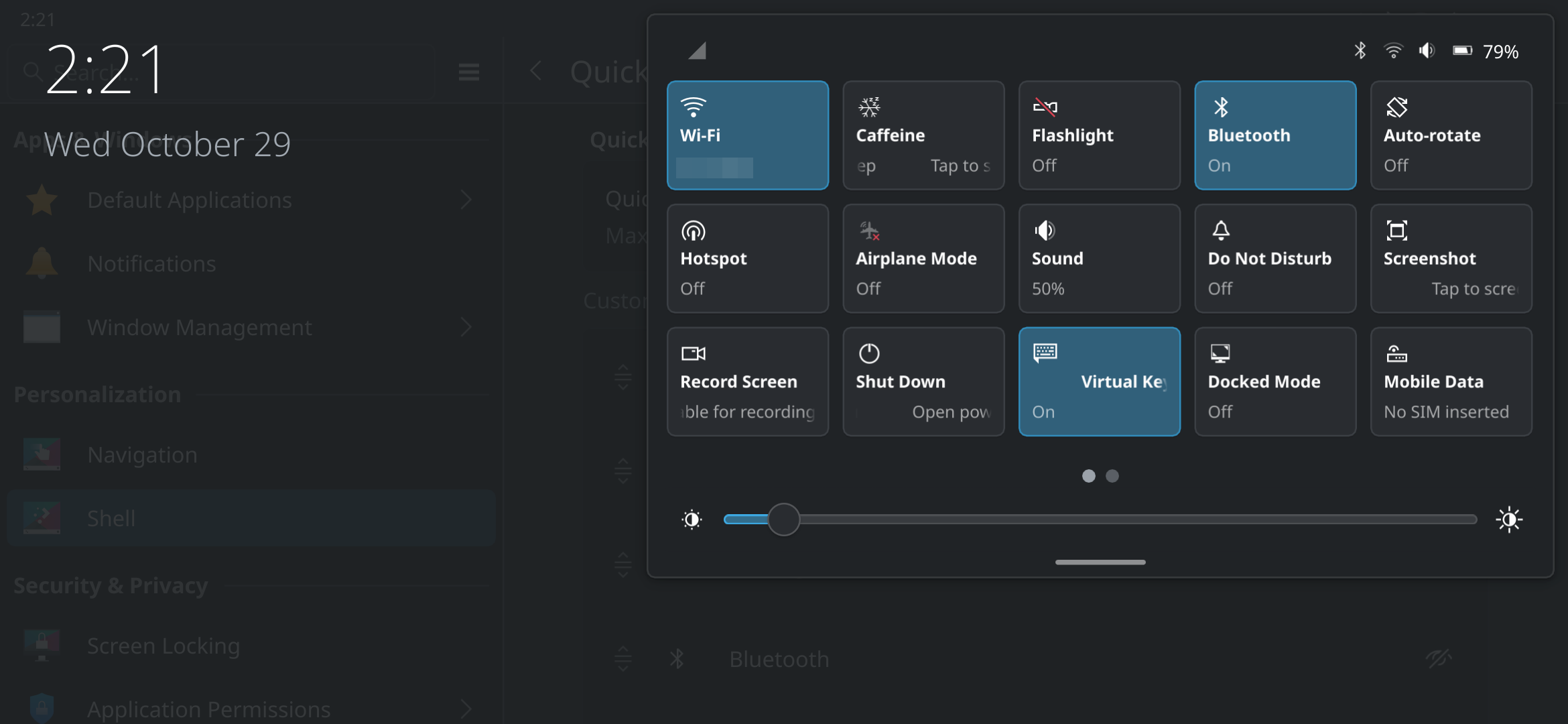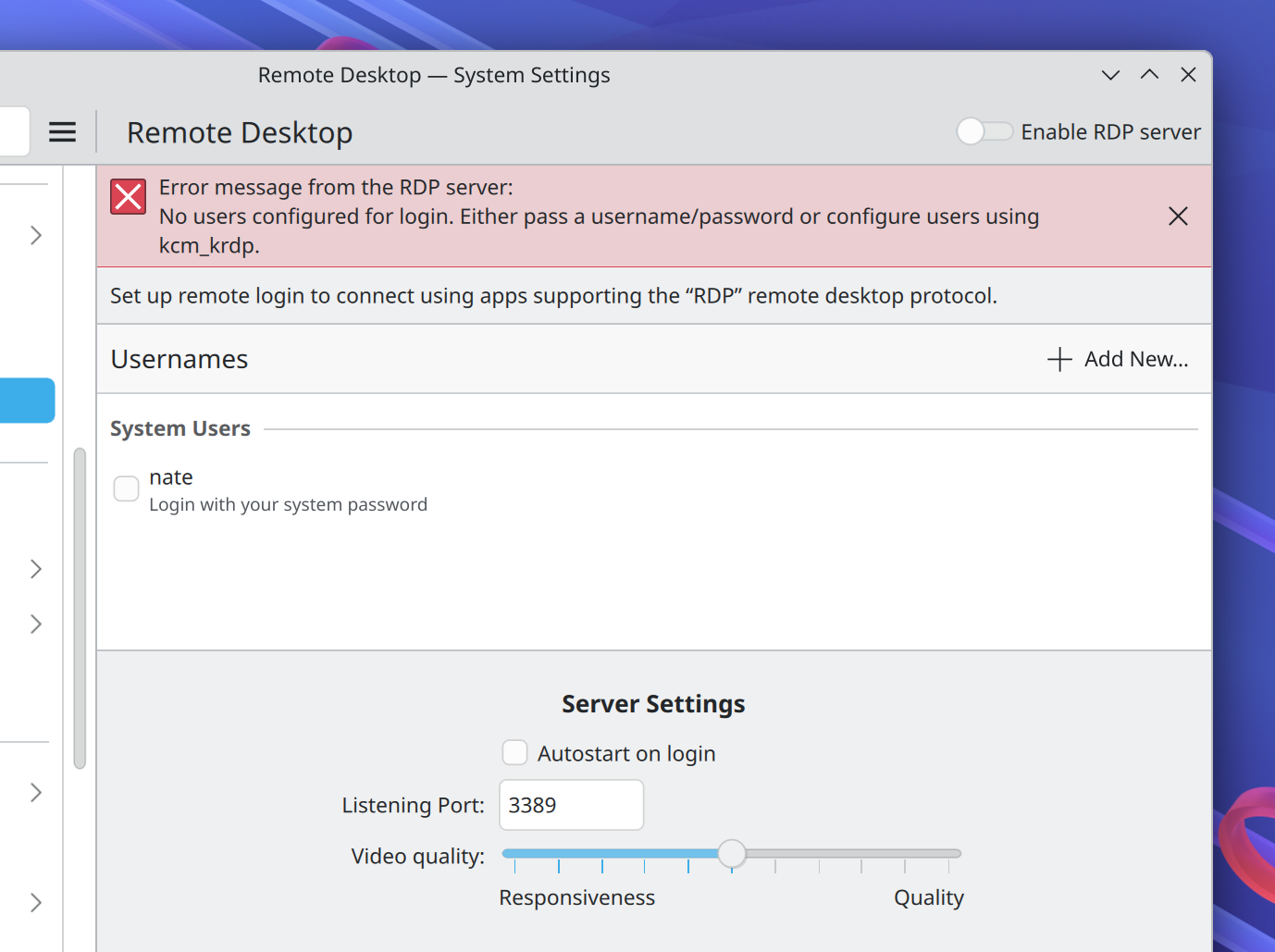Tuesday, 11 November 2025
Welcome to the October 2025 development and community update.
Development Report
Text Rework Progress
The Text Tool's Tool Options have been overhauled. There's now a button to access the Text Properties docker, along with an option to create new texts with current properties or with a style preset. Options to switch between using visual or logical cursor direction for bidirectional text, and pasting rich or plain text have also been added. (Change)
The other addition is Type Setting Mode, which shows transform handles for the font size and baseline-shift. With preformatted or pre-positioned text, character transforms are also possible. Holding Shift shows different baselines to switch to. (Change)
In the area of file formats, basic support has been added for PSD text layers, vector masks, vector strokes, vector parametric shapes, and guides. (Change)
Wolthera discusses these changes in the Text Tool thread and asks again for feedback on a proposal for splitting character and paragraph properties.
Touch Input Fixes
Carsten has continued to fix issues with touch input in the Stable branch.
Long-press handled has been further improved. Long-pressing a slider-spinbox no longer shows text selection handles when not in text edit mode. The long-press distance is now calculated correctly, so a slight movement won't cancel it. The kinetic scrolling timeout no longer adds onto the long-press timeout. (Change)
Kinetic scrolling by left-click has been disabled on the animation timeline to not interfere with dragging frames and other operations. (CCbug report) (Change)
Popup-at-cursor widgets such as the Selection Action Menu now appear at the touch location instead of cursor location. (Change)
The Edit Shapes Tool now works properly with touch, instead of only making selections. (bug report) (Change)
Wayland Support
Basic HDR support for the canvas on Wayland has been implemented by Dmitry. Testing instructions and discussion of issues can be found in the forum thread. (Change)
Plans for 5.3.0's Upcoming Release
Krita 5.3.0 is scheduled to enter feature freeze on November 21st. This means no new features will be accepted for the next version, and developer focus will shift to finishing features already in progress and fixing bugs.
After a bugfixing period of a few months, the first beta testing release is currently planned for February.
Community Report
October 2025 Monthly Art Challenge Results
14 forum members took on the challenge of the "The Burden of Power" theme. And the winner is… The Burden of Power by @Famouzy

The October Art Challenge is Open Now
For this month's theme, winner @Famouzy has chosen "Civilization Engulfed by Nature".
Featured Artwork
Best of Krita-Artists - August/September 2025
This month's Best of Krita-Artists Nominations thread received 21 nominations of forum members' artwork. When the poll closed, these five wonderful works made their way onto the Krita-Artists featured artwork banner:

Young Escherstein! by @jimplex


Interstellar Gura by @RavioliMavioli

Peaceful Stream by @CrazyCatbird

Best of Krita-Artists - October/November 2025
Take a look at the nominations for next month, and suggest your favorite latest artworks to be featured. Don't forget to vote when the poll opens on November 11th!
Ways to Help Krita
Krita is Free and Open Source Software developed by an international team of sponsored developers and volunteer contributors. That means anyone can help make Krita better!
Support Krita financially by making a one-time or monthly monetary donation. Or donate your time and Get Involved with testing, development, translation, documentation, and more. Last but not least, you can spread the word! Share your Krita artworks, resources, and tips with others, and show the world what Krita can do.
Other Notable Changes
Other notable changes in Krita's development builds from October 20, 2025 - November 11, 2025.
Stable branch (5.2.14-prealpha):
- Android: Make app fullscreen by default. (Change, by Carsten Hartenfels)
- Canvas Input Shortcuts: Add Toggle Eraser Preset to canvas input shortcuts. (Change, by Carsten Hartenfels)
Unstable branch (5.3.0-prealpha):
- Blending Modes: Add Marker blending mode. When used on a brush in Build up painting mode, it increases the layer's opacity only when the stroke's opacity is greater while mixing the colors. It's similar to Alpha Darken, but adheres to alpha lock/inherit alpha and interpolates between colors cleanly. (Change, by Carsten Hartenfels)
- Shortcuts/Toolbars: Add actions for each Transform Tool mode. (Change, by Stuffins)
- Toolbars: Toolbar actions' icons can now be custom-picked in Configure Toolbars, useful for actions that do not have icons by default. (Change, by Pavel shlop)
- macOS: Sign and notarize nightly builds, allowing them to be run without workarounds. (Change, by Ivan Yossi)
Nightly Builds
Pre-release versions of Krita are built every day for testing new changes.
Get the latest bugfixes in Stable "Krita Plus" (5.2.14-prealpha): Linux - Windows - macOS (unsigned) - Android arm64-v8a - Android arm32-v7a - Android x86_64
Or test out the latest Experimental features in "Krita Next" (5.3.0-prealpha). Feedback and bug reports are appreciated!: Linux - Windows - macOS - Android arm64-v8a - Android arm32-v7a - Android x86_64


 @merritt:kde.org
@merritt:kde.org
 [ade]
[ade]



























 soumyatheman
soumyatheman GSoC
GSoC

